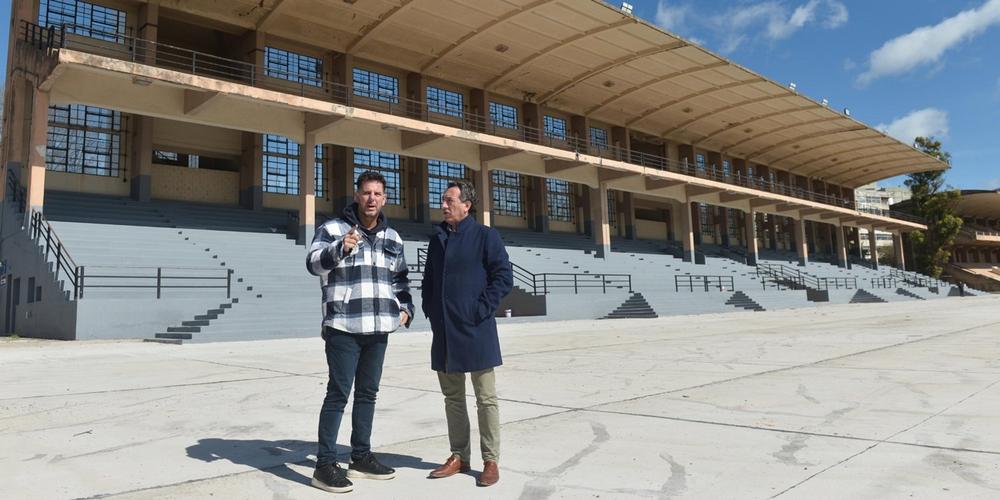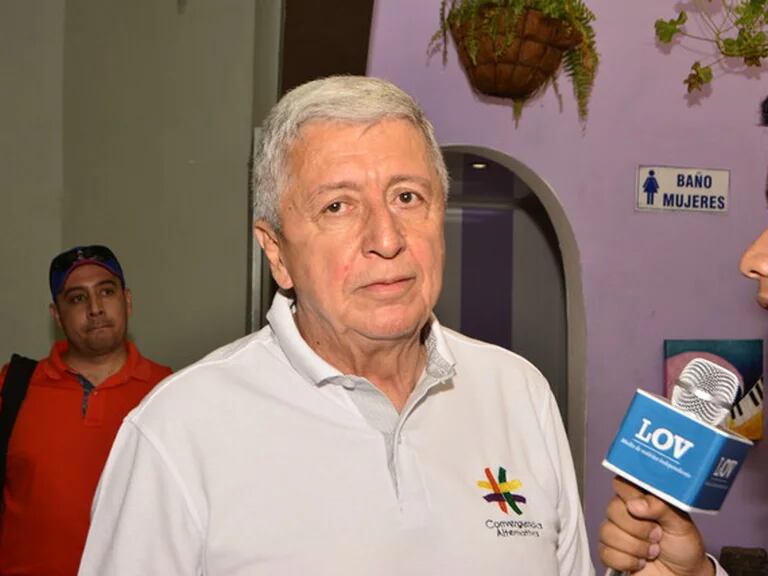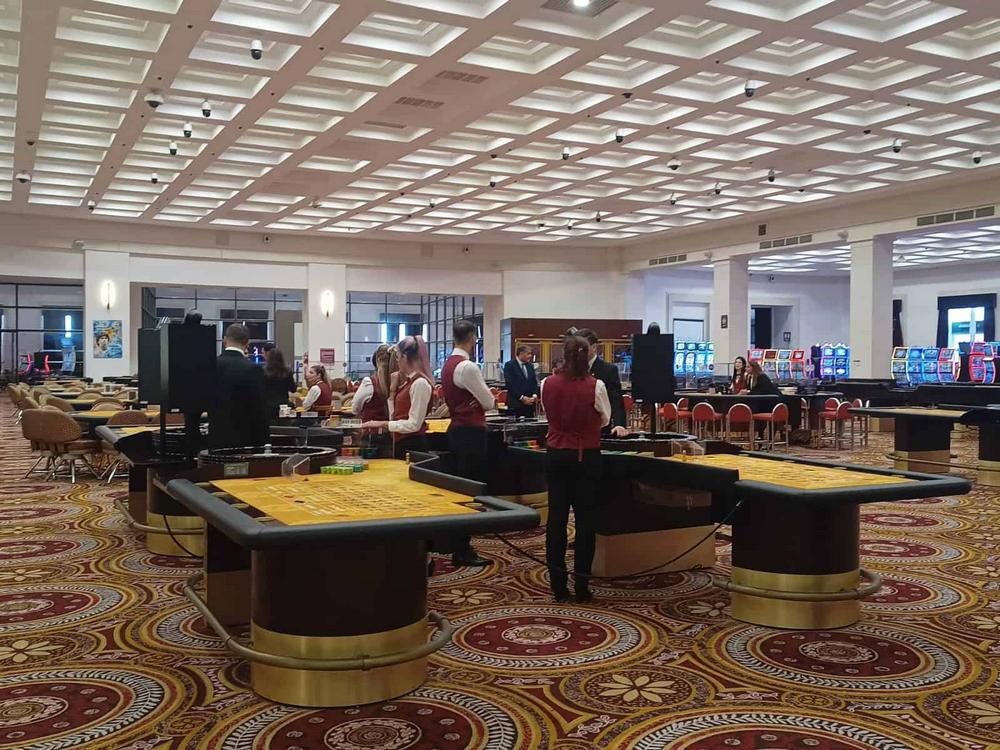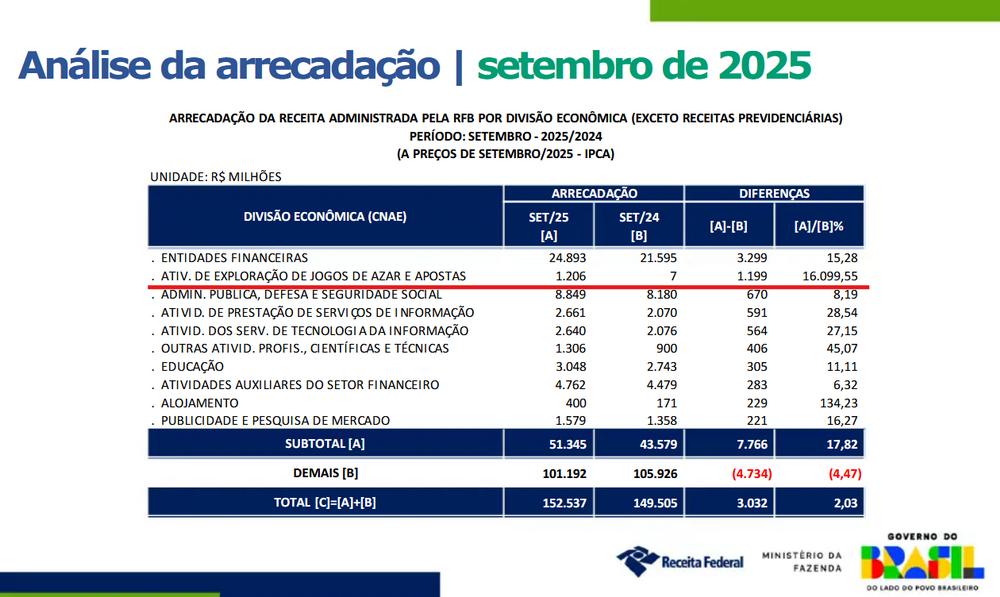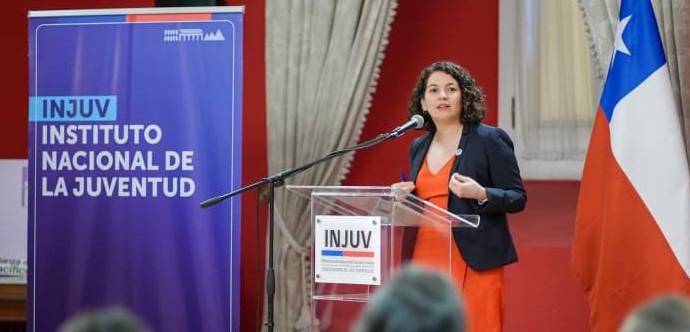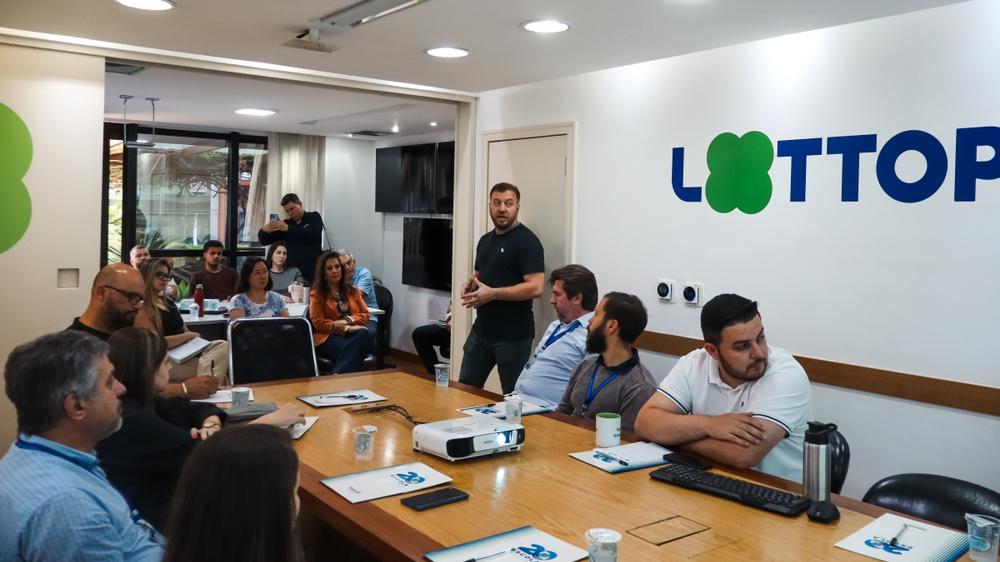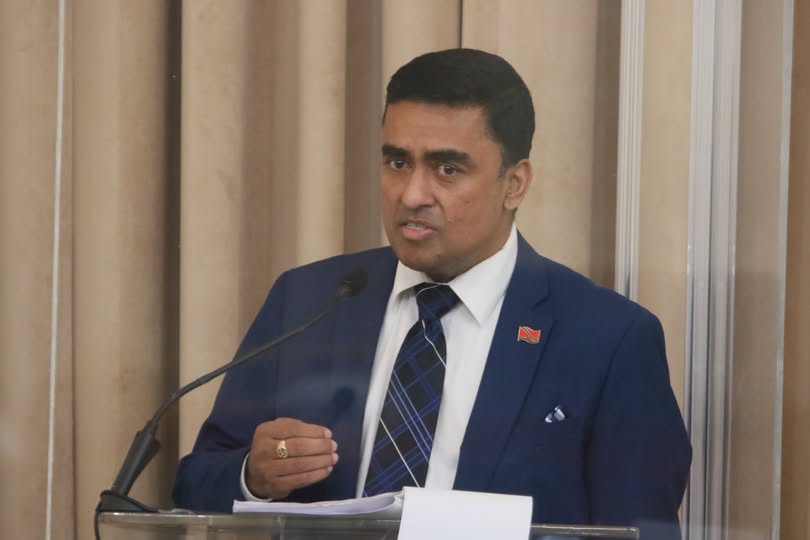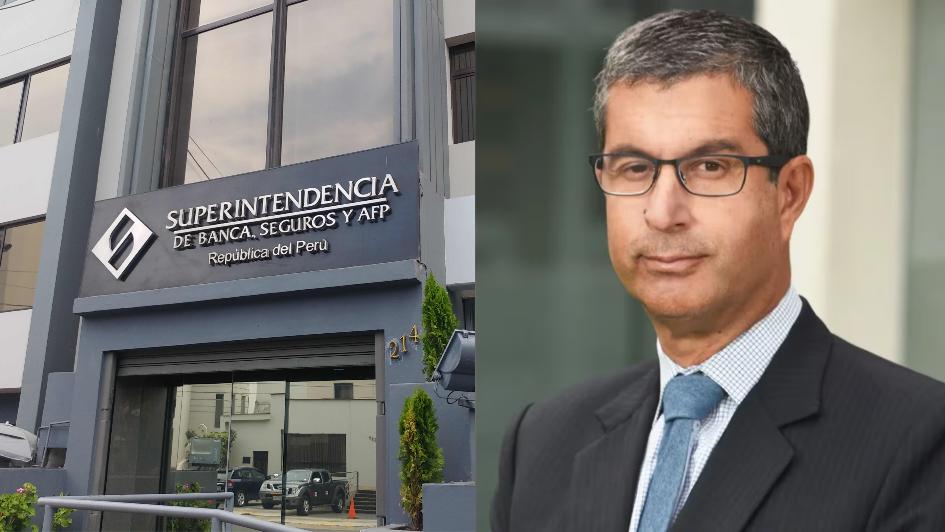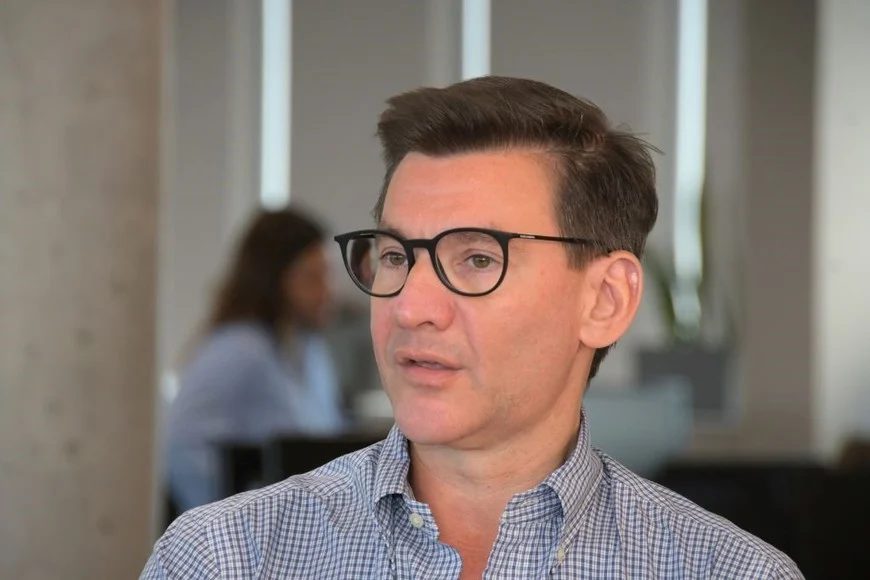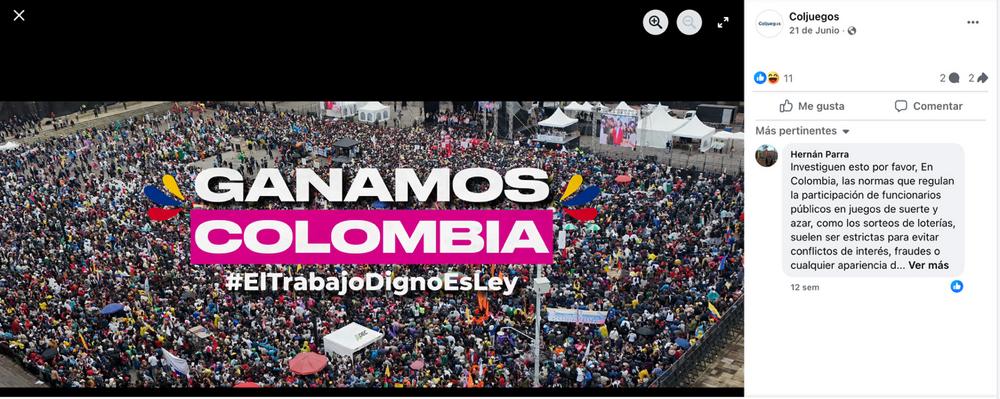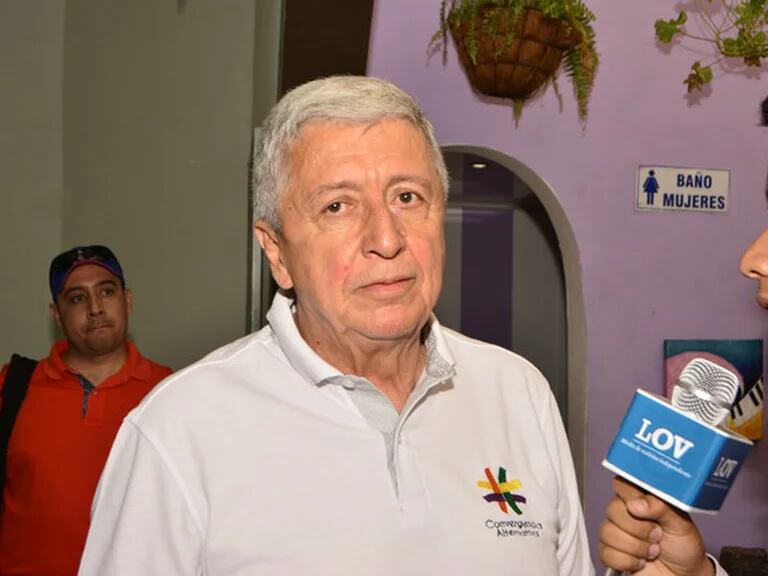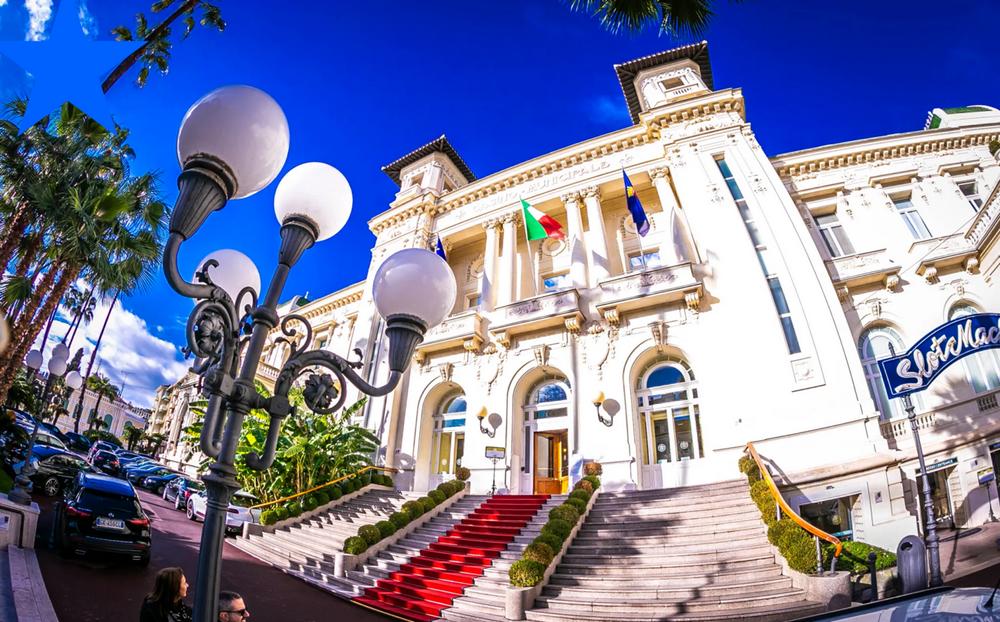Increasingly, companies and operators in the gambling industry have shown that to ensure the sustainability of companies it is necessary to innovate in the products associated with games and also in marketing channels.

This is how today, for example, the operators of the industry of permanent bets manage one of the largest transactional networks in the country, being aware of the importance of being more efficient, responsible and social, developing measures in the printing of their games, reducing costs and improving character and social development through working conditions, such as the professionalization of its personnel.
This model of technological development, generation of new methodologies and managerial impulse developed by each of the operators, the guilds and the National Gambling Council (CNJSA) as the regulatory body of the territorial games, has allowed the lotteries and chance operators grow and generate more resources to transfer to the health of Colombians.
These presented the highest growth achieved in terms of transfers to the health of Colombians, having made $ 136,618,315,211 Colombian pesos, corresponding to $ 55,581,845,642 Colombian pesos, of lotteries and $ 81,036,469,569 Colombian pesos of permanent bets. This translates into a growth of 7.7% for lotteries with reference to last year and 4.4% for chance or permanent bets.
Antioquia and Bogotá lead both lists of transfers of lotteries and chance, since the chance in Antioquia transferred $ 17,551,981.00 Colombian pesos of Colombian pesos, which is 21.66% of participation, while Bogota transferred a total of $ 17,305,644,505.00 Colombian pesos which gives a 21.36% participation in these metrics. As for lotteries, the Lottery of Medellin transferred a total of $ 8,470,126,821 Colombian pesos and the Bogota lottery transferred $ 8,144,384,582 Colombian pesos.
According to Juan B. Perez, president of Coljuegos, these resources could finance the care of about 70 thousand Colombians through the subsidized regime, or even build 10 medium complexity hospitals. It should be noted that this money is transferred in the following way, 68% is turned over to ADRES to finance the affiliation of Colombians with lower incomes to the subsidized system of the Health System; 25% corresponds to the departmental health funds to meet the provision of health services under their charge and the remaining 7% is given to Colciencias to be allocated to the Health Research Fund.
This historical record in the transfer of money to the health of Colombians by lotteries and chance is of fundamental importance in terms of the amount of employment that these generate in turn that make these transfers, since the sale of lottery generates more than 20,000 jobs and, in the case of Chance, 60,000 jobs.
Many of these work options are for people of advanced age or in a situation of disability who find this as their only income option.
In addition to the lottery and chance companies support the sport, culture and traditional festivities of the territories, generating a fundamental boost for each of the departments










